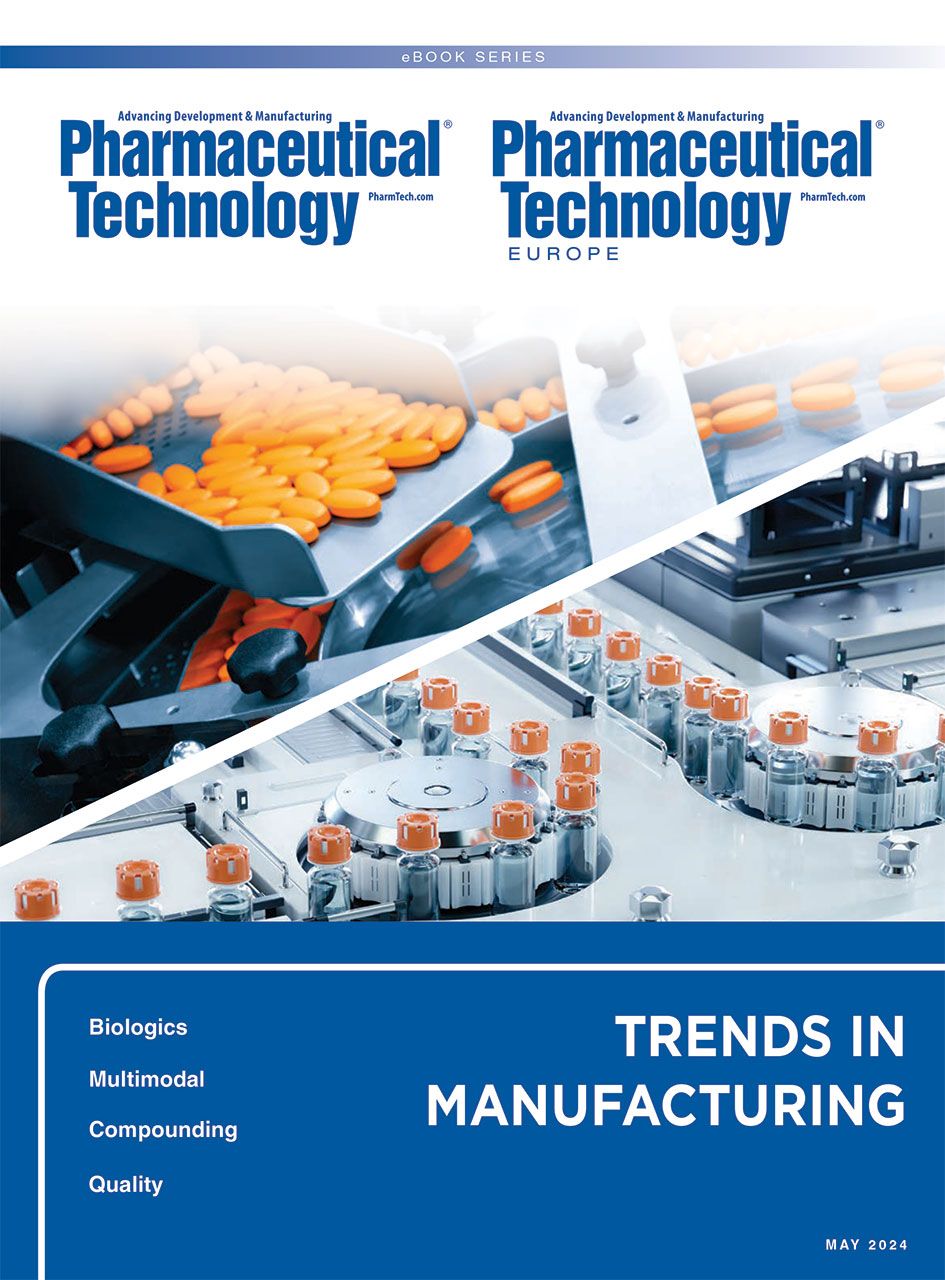Pharmaceutical Compounding Calculations in a Workplace Environment
An ordered process describing calculations activities for compounded dosage forms is described.
Pharmacist pouring white powdered chemical | Image Credit: @Kzenon- stock.adobe.com

Mathematic calculations are a critical activity in pharmaceutical compounding. All compounded preparations will require calculations at some time during their lifecycle. Types of calculations are many and varied—basic math, drug concentration, dose adjustments, batch size changes, stability testing, and many others—all of which require human performance.
This discussion describes the following series of activities to execute calculations for preparation of compounded dosage forms:
- Stage 1 equation design. Work prior to actual calculations; integrating information, resolving inconsistencies, equation set-up, and initiating documentation.
- Stage 2 numeric operations. Equation execution, result evaluation, and completing documentation.
- Stage 3 independent review. Verification of information, calculations, and documentation
- Management responsibilities. Key activities, personnel, priorities, and workplace culture.
Activities described address performance in the workplace environment. These may be performed by an individual person in a 503A pharmacy or by multiple people in 503B outsourcing facilities, pharma industry, and other settings.
Content in this discussion reflects academic teaching, personal experiences in multiple organizations, and published accounts of adverse events. Textbooks (1–9) and academic education provide theory. Application in the workplace is much different—actual drugs, sick patients, medication orders in multiple formats, time pressures, information discrepancies, and workplace interruptions and distractions—all of which have potential for errors. Calculations errors may have significant ramifications: patients receive toxic overdoses or ineffective underdoses; healthcare practitioners suffer personal remorse (10); management is embarrassed (11); and organizations face legal consequences (12).
Additional discussion on this topic including case studies is available under the same title at PharmTech.com (13). The calculations process in this discussion is focused on specific calculations activities separate from a comprehensive dosage form compounding process.
Stage 1. Equation design
Stage 1, equation design, comprises activities in advance of actual calculations (i.e., thinking, planning, verifying information, estimating, setting up equations, and initiating documentation). Stage 1 emphasizes proactive thinking about the calculations to be performed.
Calculations objective. Calculations for preparation of a compounded dosage form must be clearly identified. Three questions are fundamental:
What is to be calculated? What is the desired final outcome of the calculations? Where are we going?
What information is known? What is given, what is relevant, what is not relevant? What is the medication order telling us? Excess information sometimes confuses identifying the calculation objective.
What is unknown? What don’t we know, what is missing, what is questionable and needs confirmation, and how do we get this information?
This is a tried-and-true process in problem solving, troubleshooting, investigations, and related activities. It forces thorough and logical thinking. A plan to accomplish the calculations objective is needed. One cannot begin to set up equations without initiating logical and common-sense thought. Especially relevant in these activities are the associated units of measure for all values.
Compile information. Concurrent with identification of the calculations objective is the collection of relevant information. Missing information must be obtained; questionable information must be investigated. Pertinent information must be written; do not make assumptions or depend on memory. Correctly executed calculations using erroneous information may be fatal (14). Verbal information must be repeated and confirmed in writing. Misunderstanding due to language dialects may contribute to errors.
Read the article in the Trends in Manufacturing eBook.
About the authors
Paul L. Pluta, RPh, PhD, is a pharmaceutical scientist. Alan M. Mancini, RPh, is a pharmaceutical scientist. Nishant B. Thakar, RPh, PharmD is assistant professor Clinical Sciences, Roosevelt University College of Science, Health, and Pharmacy. Varanya Chaiyaperm, RPh, PharmD is clinical assistant professor, University of Illinois College of Pharmacy.
Article details
Pharmaceutical Technology®
Trends in Manufacturing eBook
May 2024
Pages: 22–34
Citation
When referring to this article, please cite it as Pluta, P.L.; Mancini, A.M.; Takar, N.B.; Chaiyaperm, V. Pharmaceutical Compounding Calculations in a Workplace Environment. Pharmaceutical Technology Trends in Manufacturing eBook May 2024.
